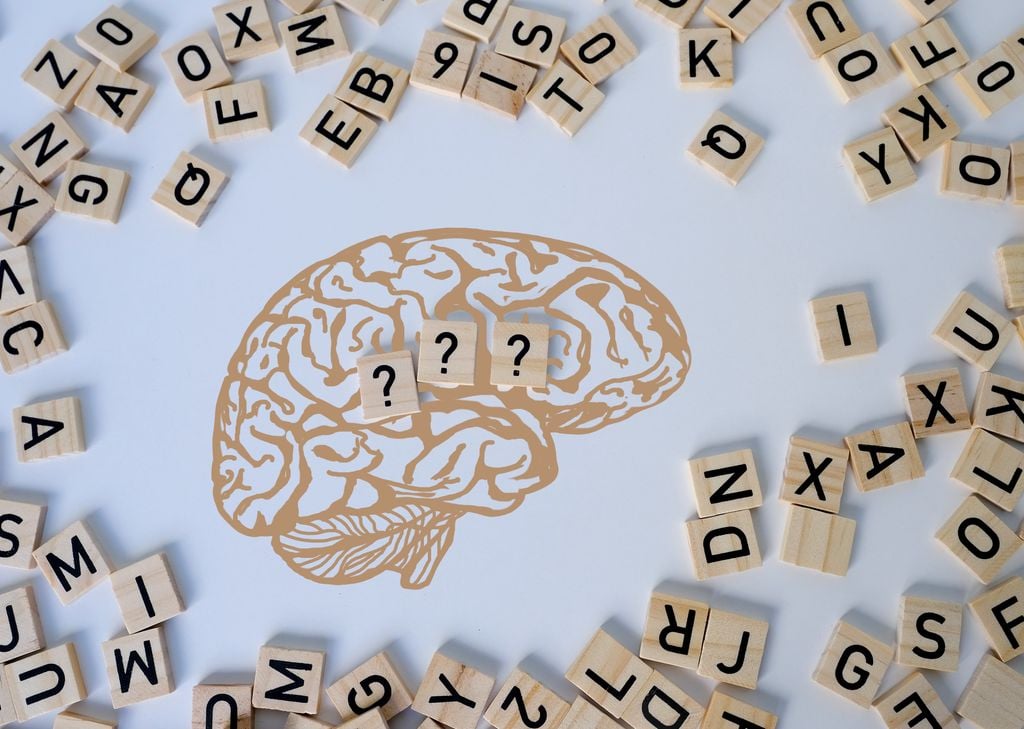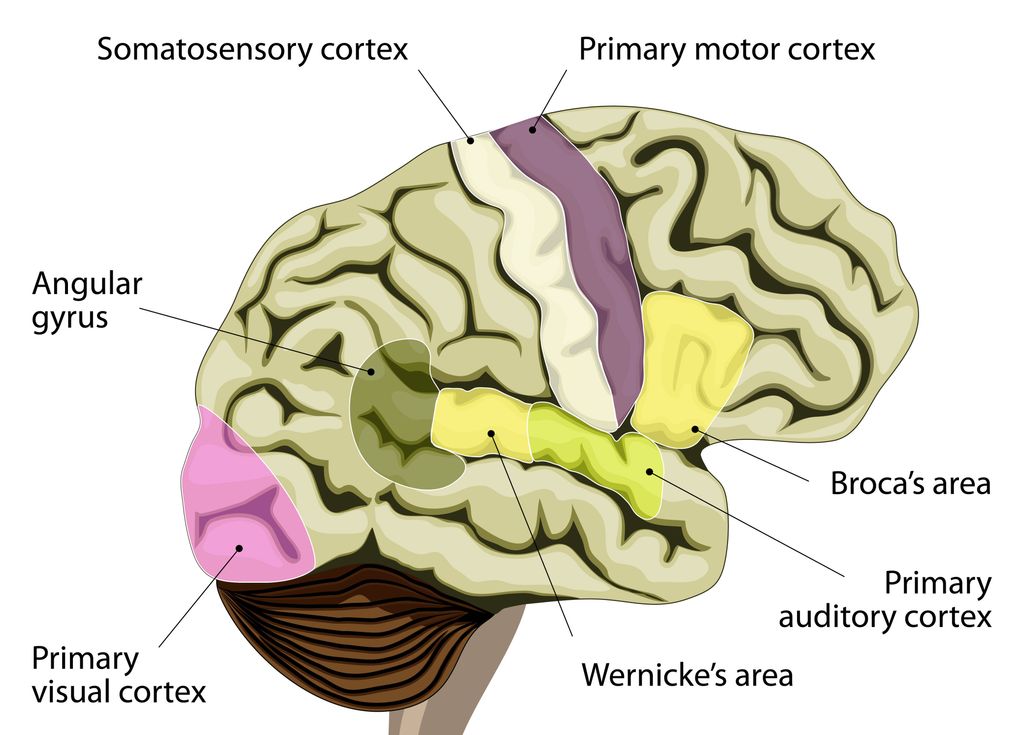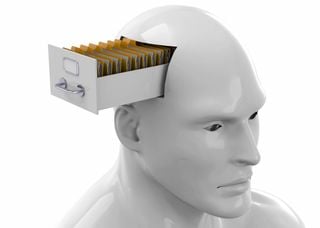New Harvard study reveals how our brain stores words and their meanings
A recent Harvard study uncovers how individual neurons in the brain's prefrontal cortex encode the meanings of words in real-time. This research offers new insights into language comprehension and the brain's language centers.

A recent study from Harvard Medical School has shed light on the intricate ways our brain processes language. Published in the journal Nature, this research reveals that specific neurons in the prefrontal cortex are responsible for encoding the meanings of words as we hear them. By examining the brain activity of patients during speech processing, researchers have gained valuable insights into how our minds construct meaning from language.
The Language Centers of the Brain
A substantial amount of research shows that language processing primarily takes place in the brain's left hemisphere. Within this region, two key areas play significant roles: Broca's area, which helps us articulate speech, and Wernicke's area, crucial for understanding spoken and written words. Traditionally, these two areas have been seen as the primary players in language processing. However, the new study highlights the prefrontal cortex, a region involved in complex decision-making and cognitive functions, as an essential contributor to how we understand word meanings.

Researchers found that the prefrontal cortex doesn't just support speech but actively participates in encoding the cognitive meanings of words. This discovery complicates our understanding of language processing by showing that it involves a broader network of brain regions working together to help us comprehend language.
Key Discoveries on How the Brain Stores Language
In this study, conducted by Ziv Williams and his colleagues at Harvard Medical School, electrodes were implanted in the brains of ten patients to monitor the activity of around 300 neurons. As participants listened to short sentences, the researchers observed that different neurons would activate in response to specific words. Interestingly, they discovered that words sharing similar meanings or categories—like “rat” and “mouse”—triggered related patterns of neural activity.
A cellular map of semantic information
— BOO-Petrified Skeleton (@MU_Peter) October 10, 2024
Decoding the brains dictionary:
Scientists map how neurons encode word meaningshttps://t.co/9hsTp4nq5C
Findings show that even small areas in the brain may have the potential to represent complex meanings. pic.twitter.com/7kpIqzJLqc
In a fascinating breakthrough, the researchers could pinpoint which neurons corresponded to each word and its category, and even the order in which they were spoken. This means the team could track the brain’s step-by-step process as it assembled meaningful phrases. This research revealed a fine-scale representation of semantic information in the brain, suggesting that our brains connect words with their meanings and organize them in real time.
Broader Understanding of the Brain’s Language Mapping
The implications of this research extend beyond mere curiosity about language. Understanding how the brain encodes word meanings could have significant effects on treatments for language-related disorders. For example, individuals with aphasia or other speech impairments may benefit from insights into how their brains process language differently.
The study's findings contribute to a broader understanding of the brain's complex structure and functions, demonstrating that our ability to understand language is a dynamic process involving intricate neural networks. As researchers continue to explore these connections, we move closer to unraveling the mystery of how our brains transform sounds into meaningful communication.
News reference:
Bernal, I. M. “Así almacena el cerebro las palabras: agrupándolas por significado”https://archive.ph/kBZbv#selection-329.0-329.66








